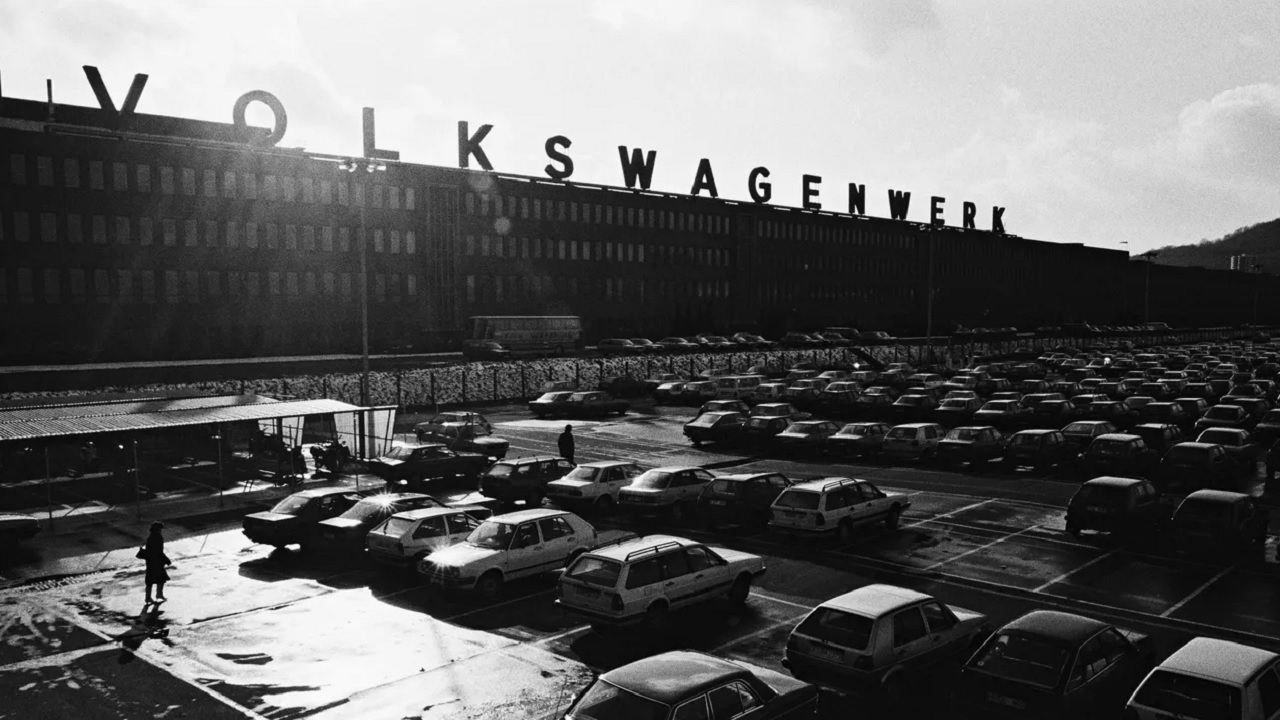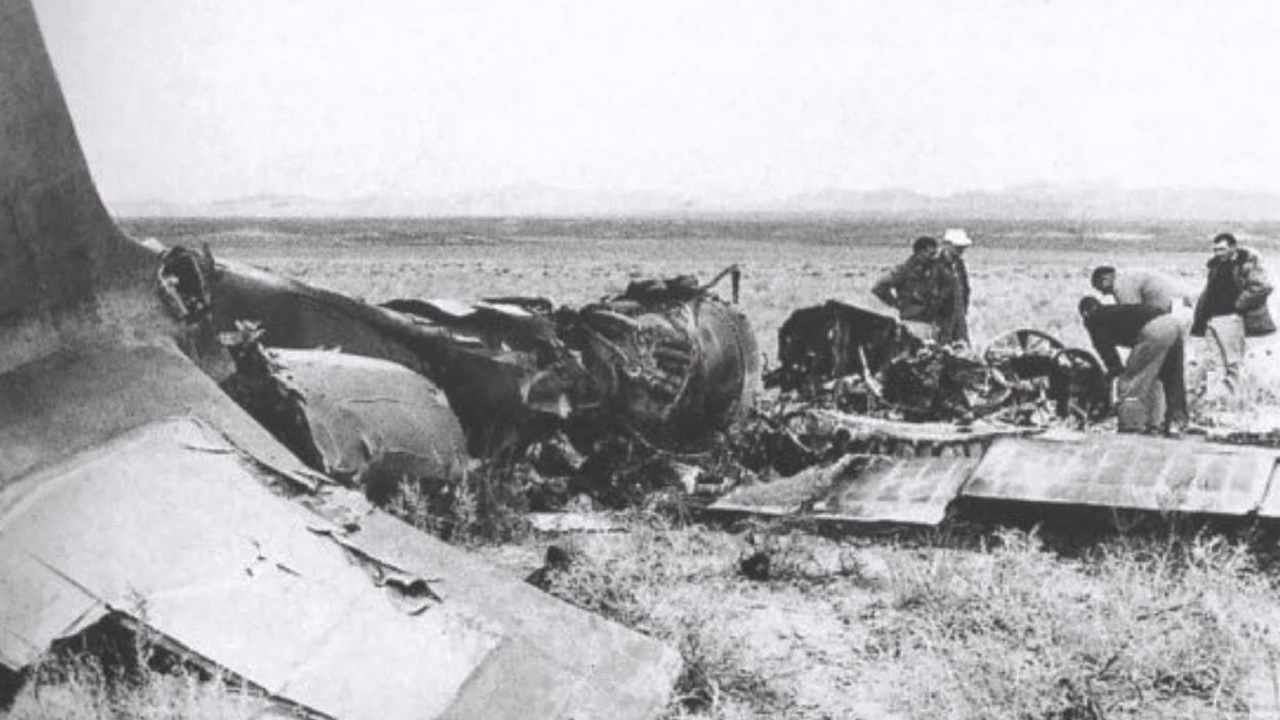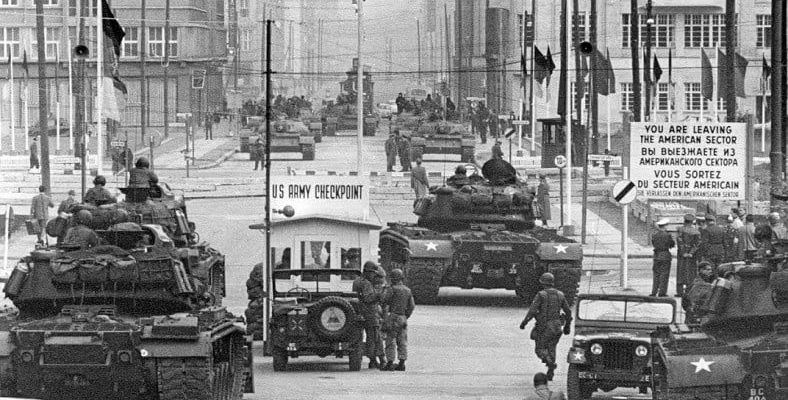The most critical event of the Cold War period, which started after World War II, was the Berlin Crisis. The power struggle between the USA and the USSR over the city of Berlin, Germany, which was already divided into two after the war, lasted for years and finally ended with the construction of the Berlin Wall.
When the Second World War, which witnessed the bloodiest events in human history, ended, the world was not the same. Many countries collapsed, many countries emerged. The country where both destruction and rebirth occurred was Germany. After Germany was divided into east and west It was shared between the USA and the USSR due to the conditions of the Cold War.
This is exactly why the Berlin Crisis, also known as the Berlin Depression, emerged. Both powers claim Berlin and they demanded that governments be formed the way they wanted. In 1958, the fuse was lit and events escalated. The most tense times of the Cold War were experienced during the Berlin Depression, which ended with the construction of the Berlin Wall in 1961.
It all started with Germany losing the Second World War:
Bloody dictator of the Second World War between 1939 and 1945 Adolf Hitler after taking his own life in a bunker Officially, Germany lost the war. Germany was occupied in four parts by the winners of the war, the United States, the United Kingdom, France and the Union of Soviet Socialist Republics.
Things escalated in 1948 when the Soviets blockaded the city of Berlin. For this reason, the United States, the United Kingdom and France united their territories and signed a declaration on May 23, 1949. Federal Republic of Germany they established. The Soviets took control of the region they occupied on October 7, 1949. German Democratic Republic founded. The US-backed side is called West Germany, and the Soviet-backed side is called East Germany.
It was Khrushchev’s speech that started the Berlin Crisis:
Nikita Khrushchev, then Prime Minister of the Union of Soviet Socialist Republics, made a speech on November 10, 1958 and He challenged the USA. He openly demanded that the USA, the UK and France end their plans to occupy Berlin. Moreover, he announced that if these demands were not accepted, he would not comply with the agreement signed after the Second World War.
Dwight D. Eisenhower, then President of the United States of America, replied: No. Eisenhower said that they complied with the agreement regarding Berlin. He rejected all of Khrushchev’s demands. On November 27, the USSR announced that they rejected all post-war agreements regarding Germany and Berlin.
Khrushchev, who must have been worried about the outbreak of a new world war, never made a military threat. But Everyone knew about the Soviets and even if it was not said, what was going to happen was obvious. In fact, Khrushchev wanted Berlin to be a free city, not a Soviet city.
West Germany had become the symbol of capitalism:

It would be useful to explain the conditions of that period in a little more detail. West Germany, It was chirpy because it was supported by the world’s largest capitalist powers, especially the USA. People had access to plenty of food, enjoyed their freedom, produced works of art, and had access to whatever they wanted, just like in a US city.
Unfortunately, East Germany felt the breath of communism on its neck. Yes, No one was hungry, but they lived in a very gray world that was ideologically limited. Therefore, they could clearly see the sharp contrast between their side and the western side. Of course, as a result of this, there was an influx of migration to the western side, but these migrations were done illegally because the Soviets did not allow it.
Let’s sit down and talk about what this plane is?

The US side was insisting that its forces be in the region in order to protect freedom in Berlin. Finally Dwight D. Eisenhower and Nikita Khrushchev, They met in September 1959 in a region called Camp David. Interesting, but the meeting did not go badly at all and the parties seemed to reach an agreement.
The parties would meet again in Paris in May 1960. But an event occurred that was critical enough to start a war again. The USSR announced that it shot down a U-2 type US spy plane over its territory. So while the presidents were sitting and drinking tea, spy planes were flying over their lands. Of course, after this incident, which went down in history as the U-2 Crisis, all ties were broken.
When Kennedy came, things went completely off the rails:
In 1961, John F. Kennedy took office as the new US president. Khrushchev, who also challenged the new president, At the Vienna Summit held in April 1961 He announced that if this issue was not resolved by December, they would sign a separate agreement with East Germany. Kennedy responded by announcing an operation plan with 150 thousand new soldiers.
The Mayor of West Berlin, who met with Kennedy and received support from him, was also openly mocking Khrushchev. According to the statements made by the USA At that time, more than a thousand people were entering West Germany illegally from East Germany every day. There was no problem for the West, but if it continued like this, soon there would be no people left in the East. The Soviets had to take precautions.
The Berlin Depression ended with a huge wall built in the middle of the city:
On the morning of August 13, 1961, the people of Berlin saw that the barbed wires dividing the city in two had been removed. No, this was not a merger. On the same day, a meter-high wall began to be built in the area where the barbed wire was located. Of course, the USA immediately condemned this situation, but the wall was built anyway.
After the Berlin Wall, East Germany became the stronghold of the USSR and the Eastern Alliance, and West Germany became the stronghold of the USA and the Western Alliance. Until the wall fell on November 9, 1989 So things went on.
In fact, the purpose of building the wall was not to establish a line of defense against the westerners, but was to keep the easterners in the region. So, if we look at it from this perspective, the Soviet administration built this wall to prevent citizens living in East Germany from crossing over to West Germany. And it was successful.
One of the most critical events of the Cold War period, What is the Berlin Crisis, what are its causes and consequences? We answered frequently asked questions such as: Europe, where civilization has developed, no longer builds walls on its borders, but prefers to directly hit those who come.
RELATED NEWS
11 Movies That Slap Our Faces with Everything That Happened During the Second World War, Which Cost the Lives of Millions of People
RELATED NEWS
